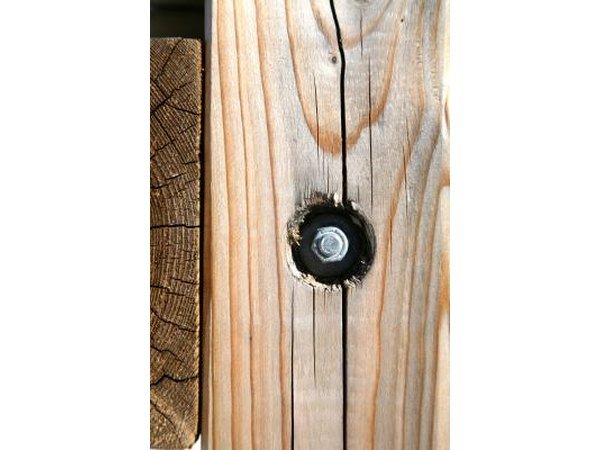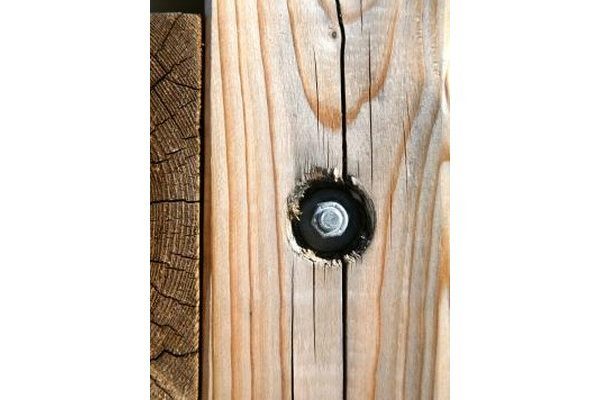
Imagine you’re trying to secure a picture frame on a wall, but the nail keeps slipping out because the hole is too big. That’s exactly what happens with hinge holes. A dowel acts as a new anchor point, giving the hinge something solid to hold onto. It’s an easy fix that can restore your hinge function and extend the life of your doors and cabinets.
Ready to dive in? Here’s a step-by-step guide on how to use a wood dowel to repair those pesky stripped hinge holes.
What You’ll Need for the Repair
Before you start, gather your materials. Having everything on hand will help the process go smoothly. Here’s what you’ll need:
- Wood Dowels: Choose a dowel that fits snugly into the stripped hole. Typically, a 1/4-inch dowel works well.
- Wood Glue: This will help secure the dowel in place.
- Drill: You’ll use this to create a hole for the dowel.
- Wood Saw: If you need to cut the dowel to size.
- Clamps: These can keep everything tight while the glue dries.
- Sandpaper: For smoothing out rough edges, if necessary.
- Measuring Tape: To ensure accuracy.
With these supplies in tow, you’ll be ready to tackle that hinge problem head-on.
Step 1: Remove the Hinges
First things first, you’ll need to take off the hinges. This is where your door or cabinet will get a bit vulnerable, so work carefully. Use a screwdriver to unscrew the hinge from the door and the frame. If the screws are particularly stubborn, you might need a bit of muscle or some penetrating oil to loosen them up.
Once you have the hinges off, take a moment to inspect the stripped holes. You might notice they’re larger than the screws you’re trying to use. That’s a sign they need some reinforcement.
Take a photo or make a note of where everything goes so you can easily reattach the hinges later. This step is crucial to avoid confusion during reassembly.
Step 2: Prepare the Dowel
Now that the hinges are off, it’s time to prepare your dowel. Measure the depth of the hole before cutting the dowel. You want it to fit snugly without protruding too far into the space or being too short.
Here’s the thing: too short, and it won’t hold; too long, and it can cause issues when you reattach the hinge. A good rule of thumb is to have the dowel about an inch longer than the stripped hole depth. Once you have the right length, use a saw to cut the dowel.
After cutting, use sandpaper to smooth out any rough edges. This will help it fit better and bond securely with the glue.
Step 3: Insert the Dowel
With your dowel prepped, it’s time to insert it into the stripped hole. Apply some wood glue to the sides of the hole for extra strength. Carefully push the dowel into the hole, making sure it’s straight.
You might need to tap it gently with a hammer to get it fully seated. Just be cautious not to damage the surrounding wood. Let the dowel set for a bit—usually about 10 minutes—so the glue can do its magic.
While you’re waiting, it’s a good moment to clean any excess glue that might have oozed out. It’ll save you some sanding later.
Step 4: Reattach the Hinges
Once the dowel is firmly in place and the glue has dried, it’s time to reattach the hinges. Position the hinge over the dowel and screw it back into place. If the hinges were causing issues before, you should notice a big difference now. The screws should go in smoothly, and the hinge will feel secure.
Also, take a moment to check the alignment of the door or cabinet. If everything looks good, proceed to tighten all screws. If it’s misaligned, you might need to adjust the hinge slightly before securing it fully.
Step 5: Finishing Touches
After the hinges are back on and everything is in alignment, you might notice a bit of excess dowel sticking out. If so, grab your saw again and trim it down to be flush with the door or cabinet surface. A quick sanding will smooth things out even more.
Feel free to touch up any paint or finish that you might have scratched during the process. This will give your repair a polished look.
Alternative Options for Repairing Stripped Hinge Holes
If you’re not keen on using wood dowels, there are a few alternative methods. One option is using wood filler, which can work in some cases. Just keep in mind that it might not be as durable as a dowel.
Another option is to use larger screws that will bite into the surrounding wood. However, this can lead to further issues down the line if the surrounding wood isn’t strong enough.
Ultimately, doweling is often the most reliable long-term solution.
Repairing stripped hinge holes with a wood dowel is a straightforward and effective method. It’s a process that might seem intimidating at first, but with the right tools and a little patience, you can tackle it like a pro.
You should feel a sense of accomplishment once your door or cabinet operates smoothly again. Simple fixes like these can really extend the lifespan of your furniture, saving you time and money in the long run. So, next time a hinge starts acting up, you’ll know exactly how to handle it!
